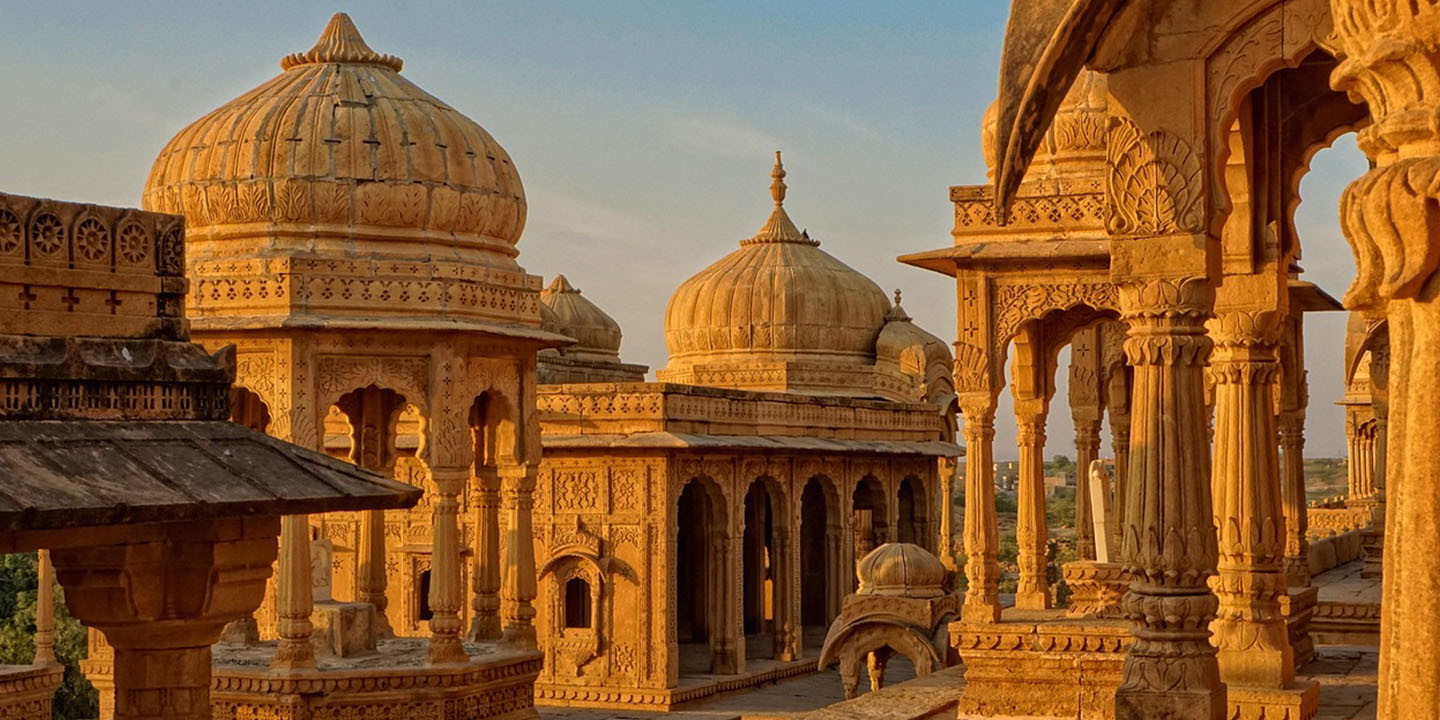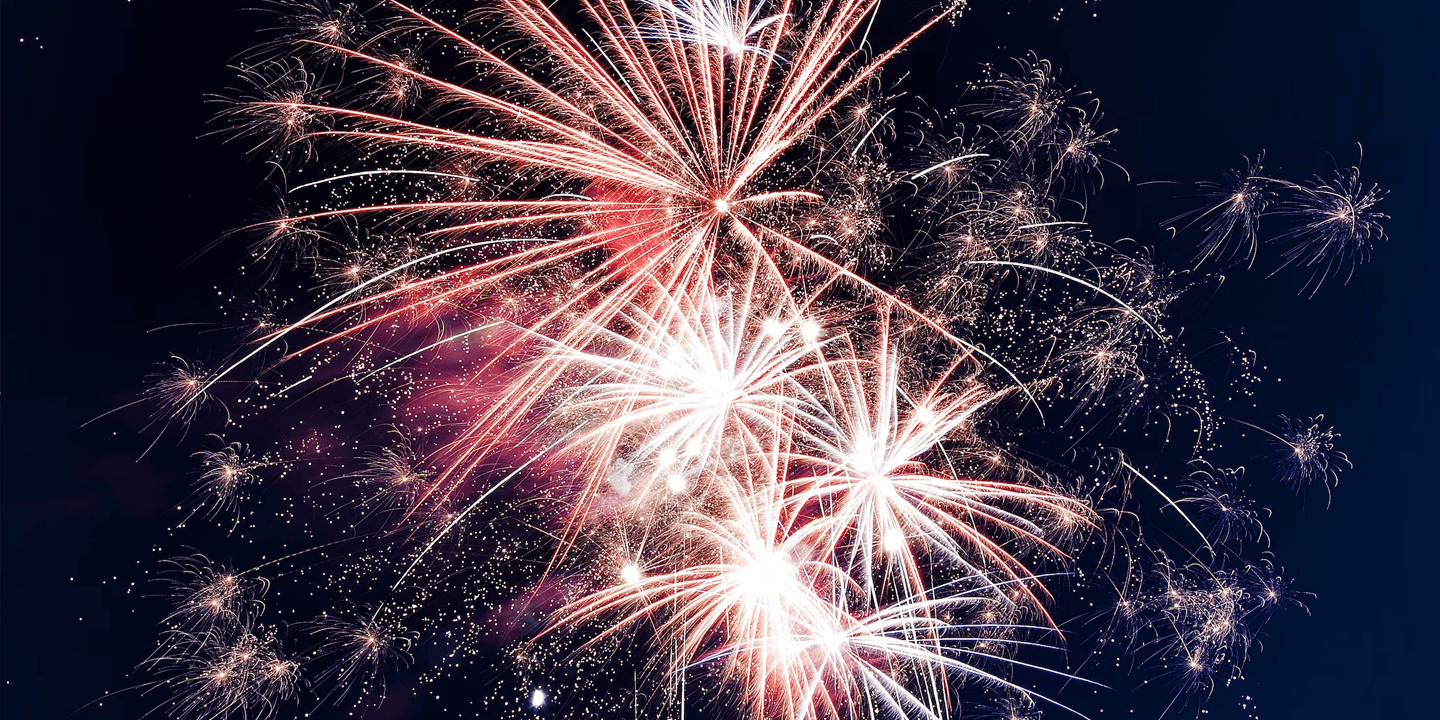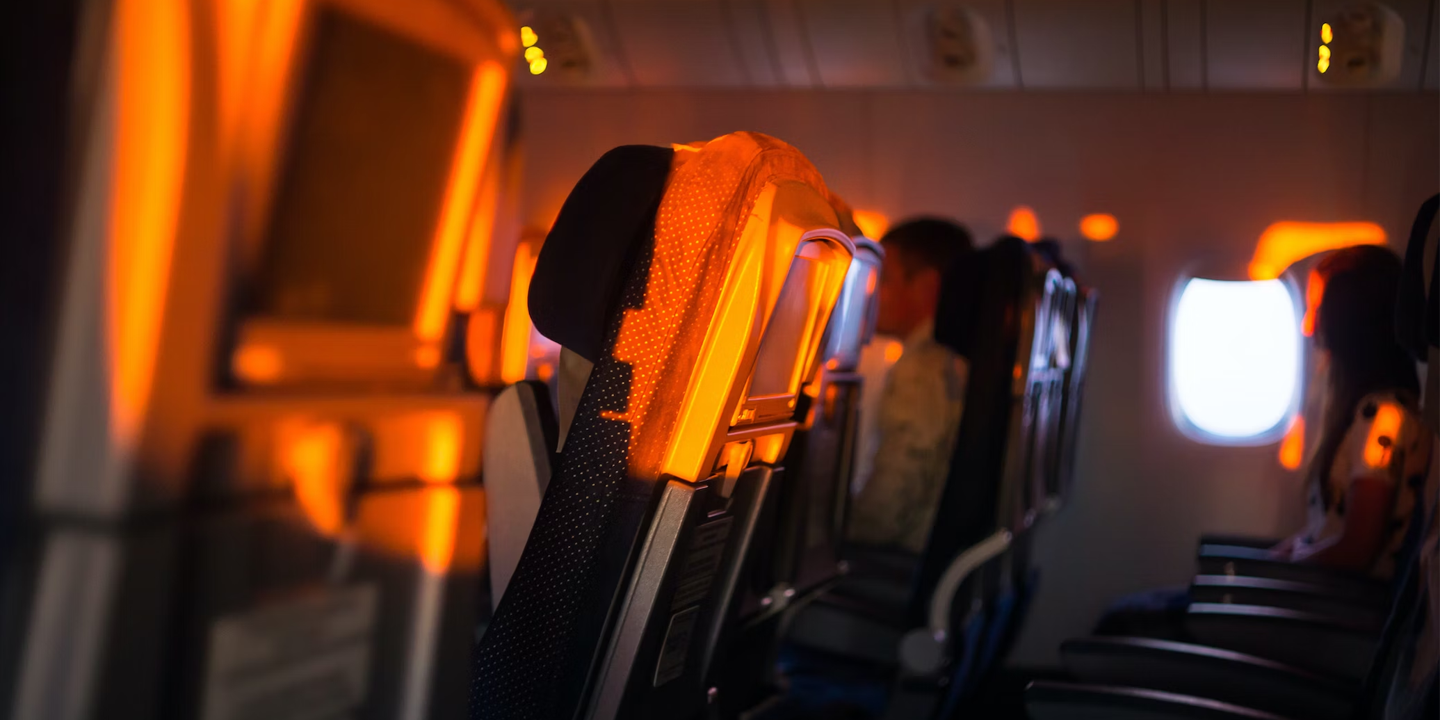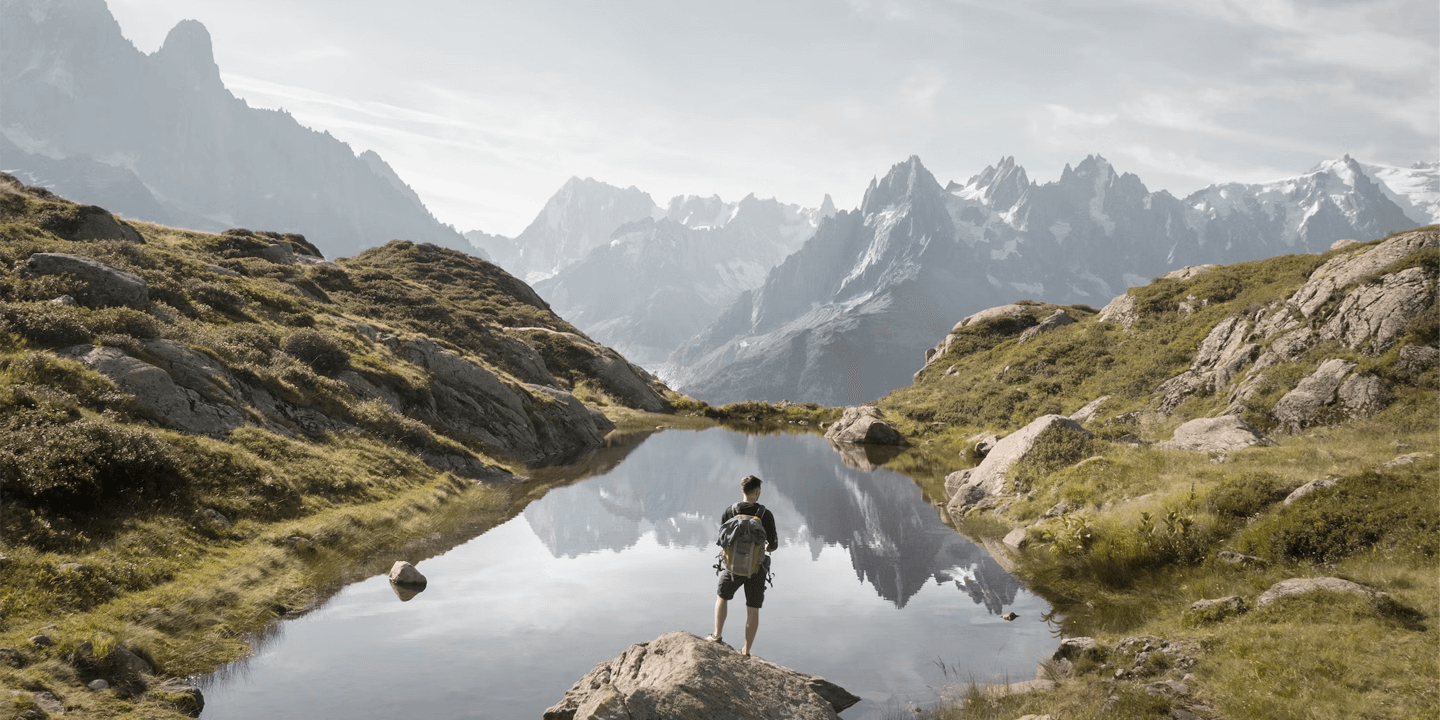What The Movies Didn't Tell You
What do you think about when you hear the name Madagascar? Troops of lemurs climbing trees? Imported vanilla? Or, perhaps you think of nothing at all. If that's the case, we're here to change your mind and teach you about this alluring island off the coast of Africa.
1. Size Matters
Size can be difficult to judge on a map, but Madagascar is the fourth largest island in the world! At 228,880 square miles, it's slightly smaller than Texas. The only islands bigger than Madagascar are Greenland, New Guinea, and Borneo (Australia does not count).
2. Bigger Than You Think
Speaking of Australia, Madagascar has a bigger population than Australia by about 4 million. The current population is about 32 million and increasing. Citizens are known as Malagasies.
3. An Island In The Sun
Madagascar owes its unique biodiversity (which we will get into) to its geographic isolation. Madagascar broke off from the rest of Africa around 160 million years ago. It used to be part of the Gondwana subcontinent.
4. 1500 Years Of Human Settlement
Madagascar was relatively late to the human settlement game, with the first anthropological records dating back to 300-500 CE. Before that, Madagascar had no indigenous population. Madagascar's first settlers came not from the African mainland, but from Indonesia.
5. African Or Not?
Because of this difference in settlement, many Malagasy do not consider themselves African, or at least have a complicated language. While emigration from Eastern Africa added a little genetic diversity, Malagasy tend to consider themselves African only in terms of geography.
 Woodlouse from Brighton, UK on Wikimedia
Woodlouse from Brighton, UK on Wikimedia
6. Unique Language
The official language is Malagasy, derived from the same language family as Indonesian and Malay. Malagasy is a curious language, as it was only written down in the 1820s, the written and oral forms bear little resemblance. Additionally, it only has 21 letters, excluding C, Q, U, W, and X—the country's name in Malagasy is "Madagasikara".
 none; publisher is The Church of Jesus Christ of Latter-day Saints on Wikimedia
none; publisher is The Church of Jesus Christ of Latter-day Saints on Wikimedia
7. Megadiverse Landscape
Madagascar is one of the 17 countries recognized as having a Megadiverse landscape. Terrain ranges from mountains and deserts to lush rainforests and grasslands. Most of the population lives on the eastern half of the island, which is filled with dense rainforest. This diverse landscape makes it a wildlife hotspot.
 Rod Waddington from Kergunyah, Australia on Wikimedia
Rod Waddington from Kergunyah, Australia on Wikimedia
8. Unique Wildlife
Madagascar's isolation and landscape led to the evolution of many new species, most of which cannot be found anywhere else on earth. 80% of Madagascar's wildlife including lemurs, fossas, and tenrecs is endemic to the island. The only other place to see these wonderful creatures is in a zoo.
9. Lots Of Lemurs
Speaking of lemurs, over 100 different species of lemurs call Madagascar home, including ring-tailed lemurs and aye-ayes. There even used to be lemurs the size of gorillas, though they went extinct around 560 years ago. Lemurs are also matriarchal, meaning that King Julian in the Madagascar movies should have been Queen Juliana.
10. No Hippos...Currently
Speaking of the film series, you won't find any lions, giraffes, or zebras roaming the island. However there did used to be a species of pygmy hippopotamus. Unfortunately, this species went extinct around 1,000 years ago.
11. Unusual Predators
Most of Madagascar's wildlife is relatively friendly and offers no threat to humans, not even its largest predator. The fossa is a weird creature—it's shaped like a cat with the nose of a dog and is related to the mongoose. Fossas are twice the size of a housecat and are the lemur's main predator.
12. Towering Trees
Madagascar is known for its giant baobab trees. These upside-down trees can grow 100 feet tall and live for a millennium! Their trunks swell as they collect rainwater, earning them the nickname the 'tree of life'.
13. Bumpy Roads
We hope you don't get carsick if you're planning a trip to Madagascar. Aside from the hills and mountains, Madagascar has some of the least developed roads in the world. Most of the primary roads are in good condition, but if you go off the beaten path, prepare for travel to take a little longer,
14. Former French Colony
Madagascar resisted colonization for a long time, even when the French first invaded in 1883, it took over a decade to subdue resistance. Understandably, the Malagasy weren't very happy about this, fighting for their independence shortly after WWII. Madagascar officially became an independent republic in 1960.
15. Vats Of Vanilla
If you have vanilla extract in your pantry, there's a good chance it comes from Madagascar. Madagascar is home to two-thirds of the world's vanilla beans. Madagascar (or bourbon) vanilla has a rich and creamy flavor with hints of tobacco and spice; it's considered the gold standard of vanilla.
16. Youthful Population
Census data has been scarce in the past, but the most recent estimates put Madagascar's median age at 19.2. A youthful population is neither good nor bad. The UN hopes that countries with younger populations will lead to economic development and cultural shifts in these countries.
17. Piratical Paradise
While pirates aren't a problem for Madagascar today, they definitely were from 1774 to 1824. The island's isolation and many coves made it ideal for sea-faring scallywags on the run from colonial authorities A pirate utopia called Libertatia was allegedly founded in the late 1600s by Captain James Misson, but there is little evidence that it actually existed.
 WORLD WIDE GUM CO. on Wikimedia
WORLD WIDE GUM CO. on Wikimedia
18. The Dead Dance
Famadihana is a traditional Malagasy funerary practice also called the Turning of the Bones. The ceremony involves retrieving ancestral remains, freshening up their burial attire, and writing their names on the cloth to keep them alive in memory. Famadihana is practiced every 5 to 7 years.
19. A Memorable Monarch
Queen Ranavalona I was one of the most...colorful rulers in history. Depending on who you ask, she was either a mentally ill despot who terrorized the country, decimating the population by 50%. Others say that she was a victim of character assassination, managing to keep Madagascar free from European colonization...who still decimated the population.
 Philippe-Auguste Ramanankirahina (1860-1915) on Wikimedia
Philippe-Auguste Ramanankirahina (1860-1915) on Wikimedia
20. You Can Help Madagascar
Today, Madagascar is a poor country heavily reliant on ecotourism for revenue. Tourists interested in exploring the diverse ecosystem and meeting unique species can have an enormous impact on the country's economy.























